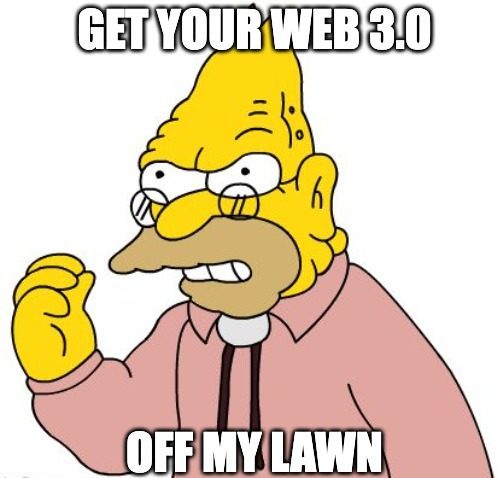The web is no longer shiny and new. Still, there are tremendous gains and impacts to unearth by bringing the power of “old school” Web 1.0 and 2.0 tools to bear on the real world’s problems.
I’d argue that the real future of the web is not tied up in VR or crypto, but in access, accessibility and impact-focused solutions. Is that even a hot take?
Access
While it’s tempting to daydream about virtual worlds and digital fortunes, when nearly 100,000 Baltimore city residents lack basic reliable internet access, what service does that offer for our future and fellow citizens? Recent commitments from the city are encouraging, but it remains painfully obvious that we need equitable internet access to unlock the city’s potential and empower its citizens as full participants in the modern economy.
Beyond basic internet access, there is also the concern of how the web enables access to resources. Our team has recently worked on two web application projects that aim to increase this kind of access: The Baltimore City Health Department’s (BCHD) CHARMcare and our partnership with Fearless on the federal government’s Challenge.Gov.
CHARMcare is an open-source directory that guides users to free or low-cost resources in Baltimore. The improvements we made to the Ruby on Rails application for BCHD make it easier for city residents to find relevant resources, implementing complex scoring, Elasticsearch, location-based sorting, and surfacing critical COVID resources early in the pandemic.
Challenge.Gov, managed by the General Services Administration (GSA), is designed to bring innovation from the public into the federal government through challenges and prizes. The new Elixir platform SmartLogic built for GSA allows direct access to both challenge issuers and the general public. Before this, processes were handled manually and access was limited by connections to the management team. The platform was used this past fall to bring public voices directly into the White House. Over 7,000 people already using the platform as of this past January.
Accessibility
Accessibility is a critically important factor in the applications we design. Accessibility encompasses many things, from WCAG compliance to curb cuts to considerations of where the user will be and what kinds of devices they can access.
Accessible design overlaps heavily with good UX and starts with a few questions: What is most important to the user? What tools and priorities do they have? How do they want to interact?
For a recent application we built for World Central Kitchen’s text-to-order program, WCK Direct, that meant allowing meal recipients to call or text their food orders in English or Spanish. Sometimes, the most impactful tools don’t look the most complex — sometimes, they need to connect familiar access points to sophisticated backend systems. We leveraged an easy-to-use phone workflow for recipients, connected to a backend admin interface and simple iPad app for restaurants, and used Twilio to get data to the right places. The app has enabled WCK Direct, which provides meals to recipients experiencing food instability during the pandemic, to scale up to over ten cities and more than double its reach.
Impact in the real world
As appealing as leaving the physical world for the metaverse may seem, there are very real needs and problems all around us. For Baltimoreans who struggle to pay their rent or water bill, crypto is likely not the answer. But CHARMcare might help them find useful resources. Likewise, the metaverse will not provide food or shelter to the over 10 million Ukrainians displaced by war.
Technology should solve some kind of real world need. Otherwise, you end up with a solution looking for a problem. If your basic needs are met, how you choose to spend your disposable income and expendable time is up to you — by no means am I suggesting that the world does not need creative art, games and experiments. But there’s plenty of pressing work to be done and trillions of dollars in the market to support it. For me, the case for staying focused on Web 1.0 and 2.0 is more than obvious, and it’s where I’ll continue to spend my time and energy.







